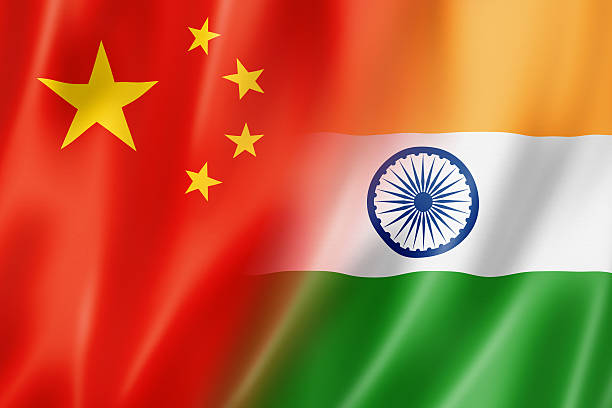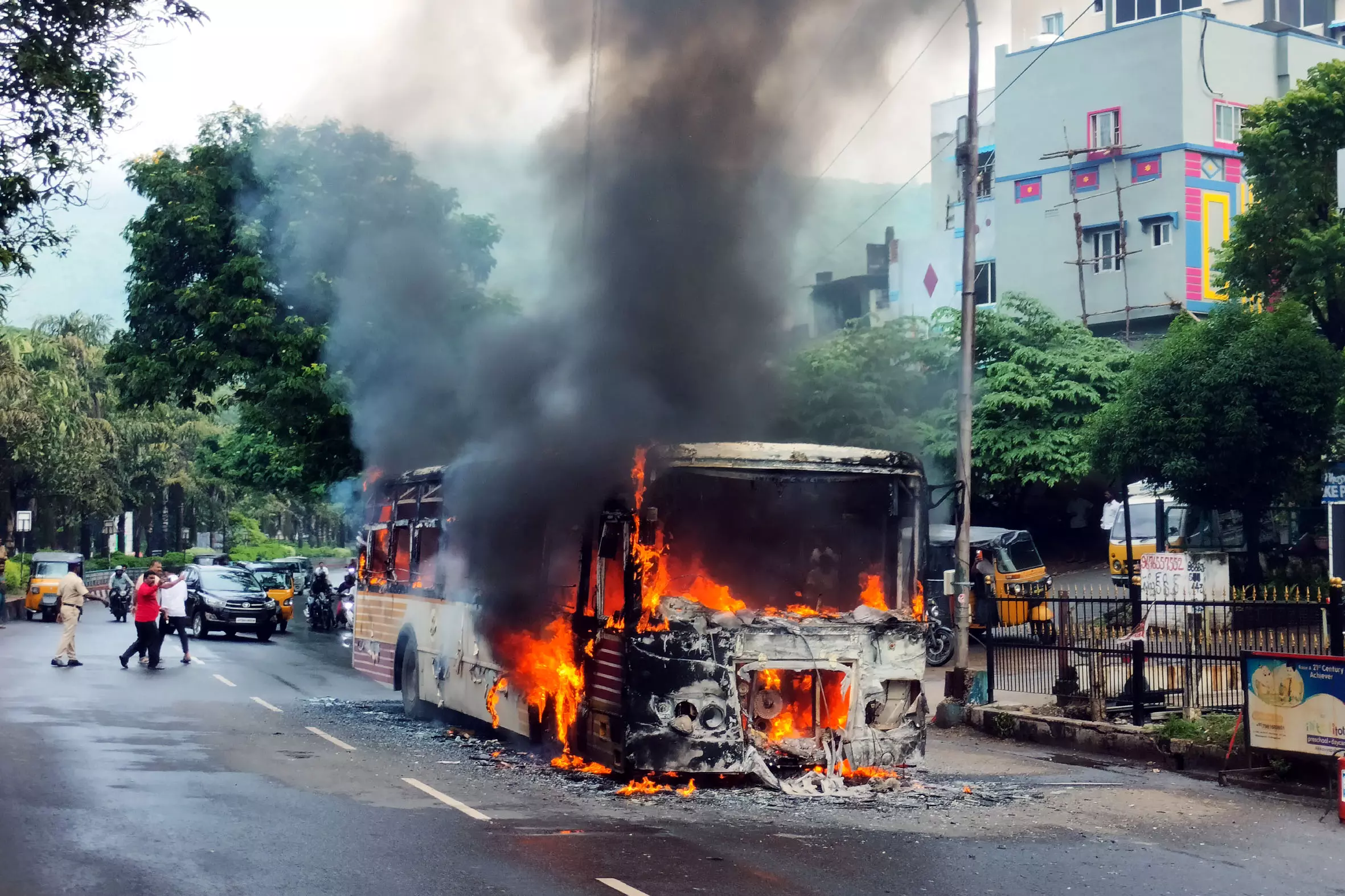Historic Reset in China-Bharat Relations: Flights, Trade, and Dialogue Resume After Years of Tension
New Delhi, August 20, 2025 — In a landmark diplomatic breakthrough, India and China have agreed to resume direct flights, reopen border trade routes, and revive high-level dialogue mechanisms, signaling a major reset in bilateral ties strained since the 2020 Galwan Valley clashes.
Chinese Foreign Minister Wang Yi concluded a two-day visit to India, co-chairing the 24th Special Representatives’ Dialogue on the Boundary Question with National Security Advisor Ajit Doval. He also met Prime Minister Narendra Modi and External Affairs Minister S. Jaishankar, delivering a personal invitation from President Xi Jinping for the upcoming Shanghai Cooperation Organisation (SCO) Summit in Tianjin.
🔹 Key Outcomes of the Landmark Talks
- Direct Flights Resumed: Both nations agreed to restart air connectivity and finalize an updated air services agreement.
- Border Trade Reopened: Trade routes through Lipulekh Pass, Shipki La, and Nathu La will be reactivated.
- Visa Facilitation: Easier travel for tourists, media, and business delegations was pledged.
- Cultural Diplomacy: The Kailash Manasarovar Yatra will resume in 2026, reinforcing spiritual ties.
- Strategic Cooperation: India will host the 2026 BRICS Summit, while China will host in 2027.
- Boundary Dialogue: Both sides reaffirmed commitment to peaceful resolution and maintaining tranquility along the Line of Actual Control (LAC).
🕰️ Historical Context: From Ancient Bonds to Modern Strains
India-China relations trace back over two millennia, with cultural exchanges via the Silk Road and the spread of Buddhism from India to China. Ancient scholars like Xuanzang and Bodhidharma traveled between the two civilizations, shaping spiritual and philosophical traditions.
In modern times:
- 1950: India became the first non-socialist country to recognize the People’s Republic of China.
- 1962: Relations soured after the Sino-Indian War over border disputes.
- 1988–2005: A thaw began with high-level visits and trade agreements.
- 2020: The Galwan Valley clash marked a severe setback, with 20 Indian soldiers killed.
- 2023–2025: Gradual diplomatic efforts, including Modi-Xi meetings in Kazan and now Delhi, have paved the way for reconciliation.
🌏 A New Chapter
Prime Minister Modi emphasized that “stable, predictable, and constructive ties between India and China will contribute significantly to regional and global peace and prosperity”. Wang Yi echoed this sentiment, stating that “setbacks of the past did not serve the interests of our people”.
With both nations poised to engage more deeply at the SCO Summit and beyond, this reset marks a pivotal moment in Asia’s geopolitical landscape.



